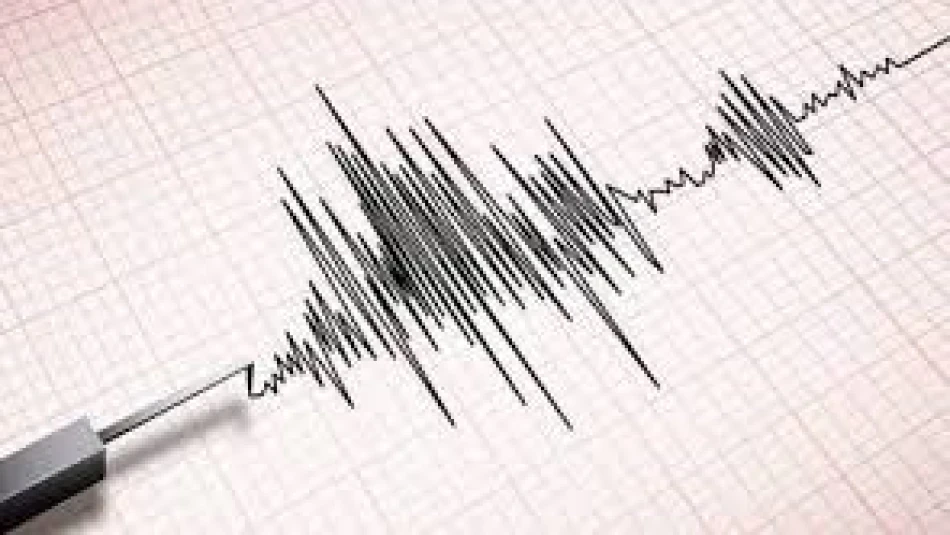
Powerful 5.7 Magnitude Earthquake Rocks Eastern Kazakhstan, Prompting Emergency Response.
Kazakhstan Hit by 5.7 Magnitude Earthquake as Tectonic Activity Continues Along Tian Shan Range
A significant 5.7 magnitude earthquake struck eastern Kazakhstan on Wednesday at a depth of 35 kilometers, according to the European-Mediterranean Seismological Centre. The tremor underscores the ongoing seismic volatility in Central Asia's largest economy, where geological instability poses persistent challenges to infrastructure development and regional stability.
Seismic Hotspot in Central Asia's Economic Hub
Kazakhstan's position near the tectonically active Tian Shan mountain range makes it particularly vulnerable to seismic events. The country sits at the intersection of major tectonic plates, creating a geological fault system that regularly generates earthquakes, especially across its eastern and southern regions.
The 35-kilometer depth of Wednesday's earthquake places it in the shallow-to-intermediate category, typically causing more surface damage than deeper tremors of similar magnitude. This depth range often results in stronger ground shaking that can affect buildings and infrastructure over wider areas.
Regional Pattern of Geological Instability
The Tian Shan mountain system, stretching across Kazakhstan, Kyrgyzstan, and western China, represents one of the world's most seismically active regions. This range formed through the collision of the Indian and Eurasian plates, creating ongoing tectonic stress that manifests in frequent earthquake activity.
Historical Context and Frequency
Kazakhstan experiences dozens of measurable earthquakes annually, with most concentrated in the Almaty region and along the Chinese border. The country's seismic history includes several devastating events, including the 1887 Verny earthquake that destroyed much of present-day Almaty, and the 1911 Kebin earthquake that killed thousands across the region.
Economic and Infrastructure Implications
For Kazakhstan's economy, heavily dependent on oil exports and mining operations, seismic activity poses ongoing risks to critical infrastructure. The country's extensive pipeline networks, which transport oil and gas to international markets, require constant monitoring and earthquake-resistant engineering.
Mining operations, particularly in the mineral-rich eastern regions, face operational disruptions from seismic events. Kazakhstan produces significant quantities of uranium, copper, and zinc, with many extraction sites located in seismically active zones.
Investment and Development Challenges
International investors and development projects must factor seismic risk into their Kazakhstan operations. The country's efforts to diversify its economy and attract foreign investment in manufacturing and technology sectors require robust building codes and earthquake preparedness measures.
Compared to seismically active developed nations like Japan or New Zealand, Kazakhstan's earthquake monitoring and response infrastructure remains relatively underdeveloped, creating additional risks for long-term economic planning and urban development.
Regional Monitoring and Preparedness
The reliance on European seismological centers for earthquake detection highlights the need for enhanced regional monitoring capabilities. As Central Asian economies grow and urbanize, the importance of real-time seismic monitoring and early warning systems becomes increasingly critical for protecting both human life and economic assets.
Wednesday's earthquake serves as another reminder that Kazakhstan's economic development must account for its geological realities, requiring continued investment in earthquake-resistant infrastructure and emergency preparedness systems.
 Layla Al Mansoori
Layla Al Mansoori







